“A lie can get halfway around the world before the truth can even get its boots on.” ~Mark Twain
That is so true. But why?
And it’s not only lies – but scandals, rumors, urban legends, ghost stories, dirty jokes …
Every wonder why some ideas stick while others die on the vine?
Brothers and co-authors Chip and Dan Heath have figured out how to make our ideas memorable. In my April read, “Made To Stick”, they clearly and succinctly break it down to – yes, another dreaded acronym – SUCCESs. This one, I may actually remember.
- Simple: hone in on the core of any idea and strip away anything unnecessary. “Simple ideas are core and compact” (direct quote from the book).
- Unexpected: surprise your audience to capture their attention and have a fresh, new perspective all your own.
- Concrete: convey your idea in such a way that it can be easily understood and recalled using real world examples
- Credible: it must be believable, vivid details help credibility
- Emotional: we know when you can touch someone’s emotions, it will stick with them and move them to act
- Stories: when you narrate an idea into a story, it is remembered. Think of Aesop’s fables or fairytales. Stories are powerful vehicles to captivate, learn, and pass information along.
This book is helpful for those of us who are in sales, marketing, public relations, managers, and communicators. The chapters are broken down by the acronym I shared above where they get into more specifics, provide entertaining examples, and left me with several usable, solid takeaways that will help me with my writing and presentations – and help me with my clients’ marketing.
Here were a few of the points in the book that (sorry!) stuck with me:
“Belief counts for a lot, but belief isn’t enough. For people to take action, they have to care.”
“Core messages help people avoid bad choices by reminding them of what’s important.”
“Avoid burying the lead. Don’t start with something interesting but irrelevant in hopes of entertaining the audience. Instead, work to make the core message itself more interesting.” {Confession: I did go back and read this posts lead. See, it’s working already! And I’ve added a nice quote from Mark Twain to make it interesting. I hope you like it}.
“The first problem of communication is getting people’s attention. The most basic way to get someone’s attention is this: Break a pattern.”
“Curiosity … happens when we feel a gap in our knowledge. Our tendency is to tell people the facts. First, though, they must realize that they need these facts.”
The above were just a selected few of the many passages I highlighted to share with you. In addition, sprinkled throughout are some spot-on examples that illuminated their points perfectly and were quite entertaining.
I enjoyed reading this book and just now as I was looking back over my notes to write this post, I realized that I have already been incorporating much of the advice already without my having to go back to my notes or think too much about it. Clearly, some of their imparted wisdom stayed with me (I’m avoiding using a cliché word here. And, you’re welcome).
Have you read this book? Did you find it as helpful as I did? Or, have you not read it yet but think it might be interesting and useful to you? Let’s discuss!
~Amy




